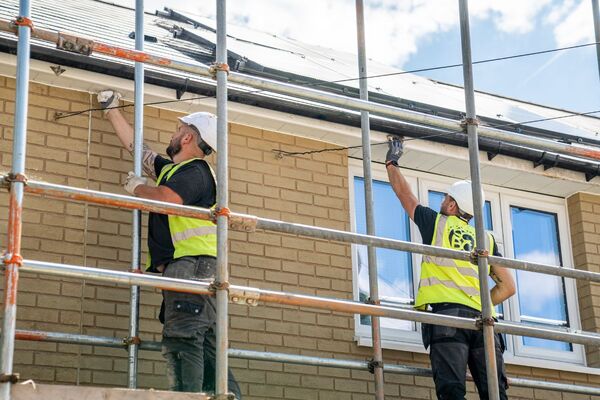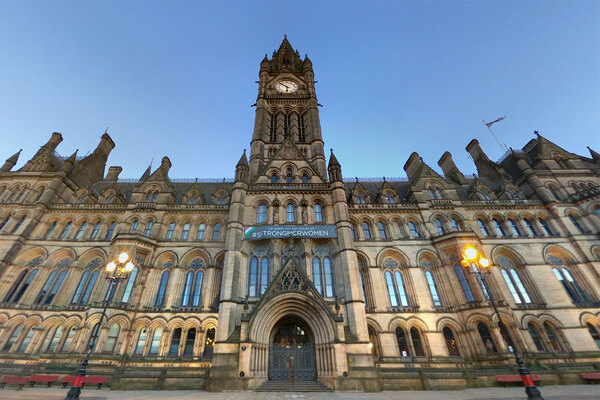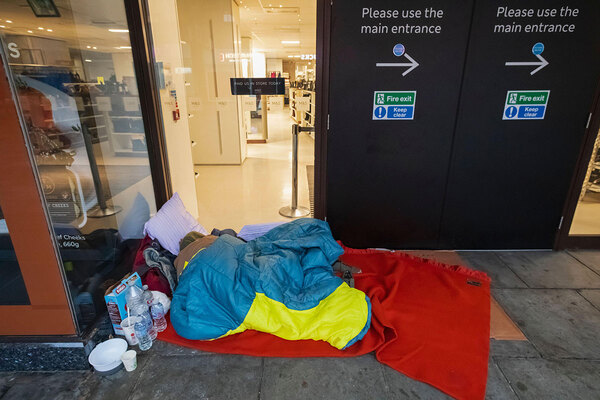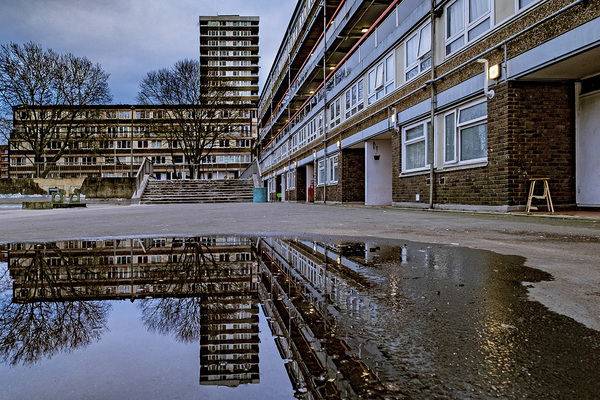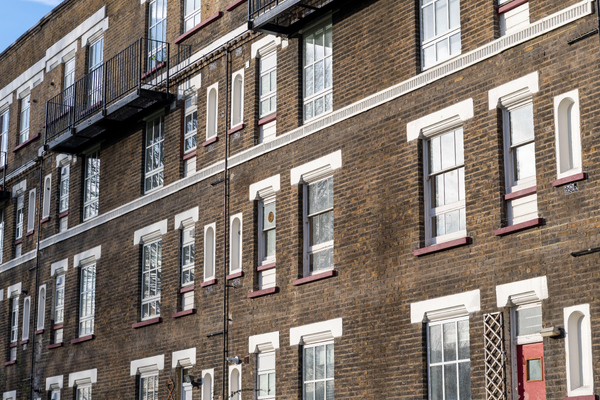You are viewing 1 of your 1 free articles
More funding than ever is available in Wave 3 of SHDF, but how you get it has changed
Rubianka Winspear, senior associate at Trowers & Hamlins, outlines what’s new in Wave 3 of the Social Housing Decarbonisation Fund (SHDF)
The Department for Energy Security and Net Zero (DESNZ) has published its guidance on Wave 3 of the SHDF. The SHDF is the government’s flagship retrofit scheme that is aimed at funding energy improvements to the social housing stock in England. Across three previous waves and a demonstrator, the government awarded funding of just under £1.1bn.
In comparison, Wave 3 on its own will have up to £1.25bn of funding available. DESNZ has also flagged that it has reviewed the feedback (and criticisms) from previous waves and has incorporated lessons learned into Wave 3.
Wave 3 should therefore offer landlords greater flexibility, as well as enhanced support in delivering decarbonisation works. The application process is expected to launch later this summer.
So, what are some of the key changes?
First, funding routes: as opposed to a one-size-fits-all route, Wave 3 acknowledges that landlords are at different stages in their net-zero paths.
The majority of landlords are expected to apply via the ‘challenge fund’ route. This is not a competitive process and all applications that meet the minimum standards will be awarded funding. (DESNZ, however, reserves the right to vary funding amounts if this route is oversubscribed.)
Funding will be drawn down on a phased basis, which means that landlords will only be required to provide DESNZ with detailed information of the properties and works at the point when they are ready to commence a phase.
“The majority of landlords are expected to apply via the ‘challenge fund’ route. This is not a competitive process and all applications that meet the minimum standards will be awarded funding”
This approach ensures that landlords will have more certainty prior to commencing each phase (eg they should have their contractor on board, tenant consents in hand and the majority of retrofit assessments completed). This should increase the chances of successful delivery.
Larger landlords with a proven track record of past SHDF delivery and which are looking to retrofit thousands of homes under Wave 3 should apply via the ‘strategic partnership’ route. This will be a competitive process, and once funding is awarded, landlords will have additional flexibility in delivering their projects.
Landlords that fail in their strategic partnership bid will have the chance to reapply under the challenge fund route outlined above.
Another change relates to low-carbon heating. In Wave 3, DESNZ is encouraging the installation of low-carbon heating due to the “vital role” it will play in getting the country to net zero.
DESNZ is offering £20,000 per home to install low-carbon heating and other energy-efficiency measures in properties that are on the gas grid. This incentive is available for up to 10% of all homes within a bid.
Interestingly, the landlord is not required to provide match funding to meet this £20,000 incentive. There is also a separate cost cap for installing low-carbon heating in homes that are off the gas grid.
“While it may no longer be an explicit requirement, there is still a role for fabric-first upgrades in Wave 3, as landlords are still required to comply with the PAS 2035 requirements, which emphasise the importance of fabric measures”
Wave 3 also removes the fabric-first approach used in previous waves that required landlords to prioritise insulation measures before installing low-carbon heating. While it may no longer be an explicit requirement, there is still a role for fabric-first upgrades in Wave 3, as landlords are still required to comply with the PAS 2035 requirements, which emphasise the importance of fabric measures.
Given that a fundamental principle of the SHDF is that residents’ energy bills should not increase and that the target for homes is an Energy Performance Certificate rating of Band C, it is likely that insulation measures will still be incorporated alongside any installation of low-carbon heating, to ensure that residents’ energy bills do not increase.
This wave also has a longer delivery window. A key concern with previous waves was that many landlords failed to achieve delivery within the tight deadlines. DESNZ is addressing this by giving landlords a three-year delivery window, as well as providing sufficient advance notice before launching Wave 3.
A number of changes have also been made to streamline delivery and reduce complexity. This includes the inclusion of a single cost cap for energy-efficiency works, allowing for a greater proportion of non-social homes to be retrofitted, and the streamlining of key performance indicators to better align them with the PAS process. The intention behind this is to make delivery easier and allow landlords to treat as many properties as possible.
DESNZ has been keen to show that it has learned from previous waves, and the updated guidance will hopefully reduce barriers to SHDF delivery. The sector has now been delivering the SHDF for three years and together there should be the capability, appetite and experience to deliver a successful Wave 3.
Sign up for our asset management newsletter
Already have an account? Click here to manage your newsletters


